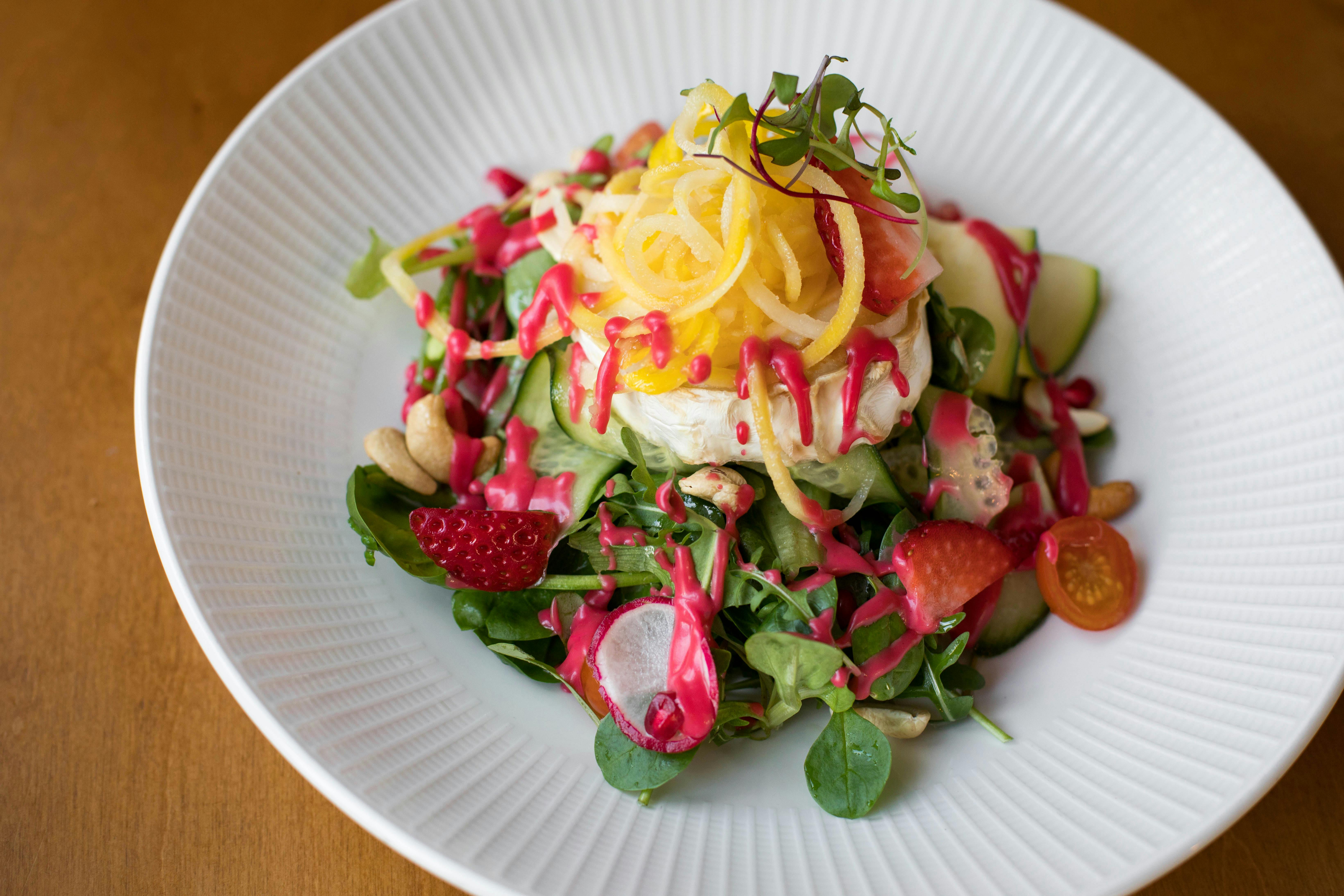Programming Menu – Greater Savings in Time and Effort
Motto: If you fail to plan, you plan to fail.
How do you react when you hear the question “what’s for dinner”? Do you smile or look wearily at your family and feed them what you just cooked, too tired to eat yourself? Do you think resentfully of the next day and find yourself desperately searching for another dinner idea? Do you find cooking terribly boring and exhausting? Is searching for new ideas taking much longer than you would like? Have you ever wondered why this is so?
Most likely, it’s because you don’t plan your menus, and when it’s time to make dinner, you try to make a decent meal with what you have on hand. Many times one idea replaces another because you discover that you have run out of this or that ingredient, and you have to improvise. The result is not always satisfactory, and you can see it in the faces of your family. But what other option do they have? Order pizza or Chinese food? You don’t want that, do you?
This is where menu planning can help you save time and energy and prepare delicious meals every day. Basically, meal planning is very easy. You only need to know three things: what you need, what to do, and in what order. That’s all! Simple, right? You can also do it a little differently: check what you have, find out what you can do with it, how to do it, and in what order. However, whichever way you use, there are a few things to remember.
Look in your cabinets, your refrigerator, and your freezer. See how much food you really have and how many meals you can prepare. Now, this is also a good point to think about some sequence of meals throughout the week, which will introduce more variety into what you and your family eat. Write down everything you have along with the amounts, and then use some of those things for dinner the next day. You may not be an excellent cook, but you can read, and I know it because you are reading this article. So grab one of those cookbooks you’ve collected and find a meal you can make with what you have. No cookbooks at home? There are hundreds of thousands of recipe websites on the Internet. Some of them have a large database, so you just have to enter the main ingredient and voila! You get a bunch of recipes that you can use right away.
Checking the cupboards, fridge and freezer and finding the right recipe is just the beginning. Now the correct planning begins. First of all, read the recipe, and if there’s anything you should, should, or can do today, just do it. It can be something as simple as taking that piece of meat out of the freezer to defrost tomorrow, or anything else. Just figure it out, then do it. Second, since everyone eats, why shouldn’t they contribute to dinner? See what you can ask your children to do. The older they are, the more they can do. The same goes for your partner. This way everyone will contribute to the family dinner.
The next thing to do is plan how much to cook. This is usually a problem in many homes. We cook too much, and there are some things that cannot be eaten the next day, or no one wants to eat them, and they have to be thrown away, and the food should not be wasted. Watch for a while how much your family eats, including yourself, and try to adjust amounts accordingly. Sometimes it’s better to cook a little too little than too much.
Finally, when using a recipe, especially for the first time, do what it says in the same order. You will often find that you save a lot of time when you change the order in which you used to do things. You will also discover that a few things can be done at the same time without any problem.
Learn how to plan ahead for more than just dinner tomorrow. Start planning meals for two or three days. Over time, you will be able to plan meals for the entire week. It will become easier and easier for you to prepare the right shopping list, divide the work between your family, prepare things in advance and be creative in the kitchen. At the same time, you will spend less and less time cooking.
In short, there are only five things to remember: always know what you have on hand, figure out what you can do with it, see what you can do ahead of time, ask others for help whenever possible, follow the recipe. It may also turn out that the planning takes more time than the preparation itself. In the end, however, you will have much more time and energy to do what you really love and want to do instead of “living in the kitchen”.
